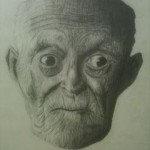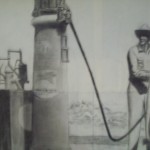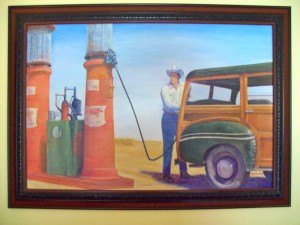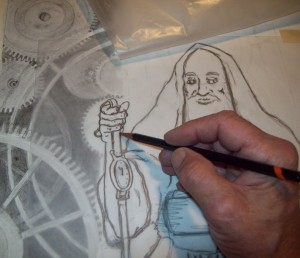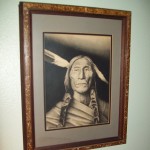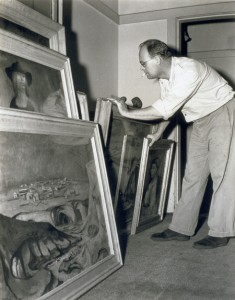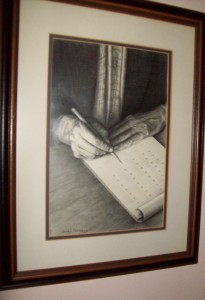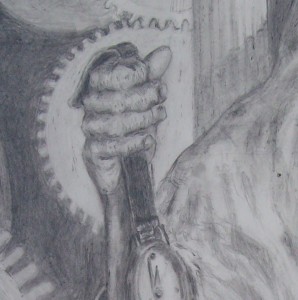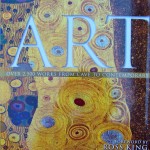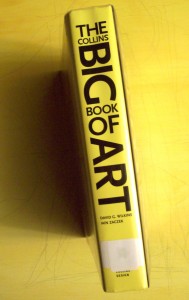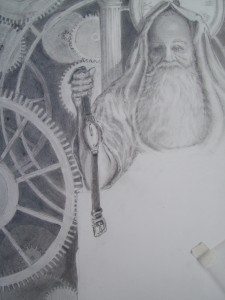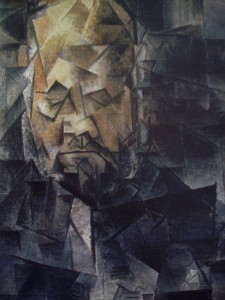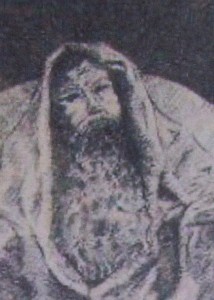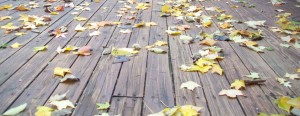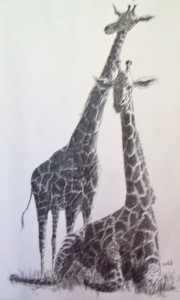
Artist, Richard D. Burton, spent over forty years in sales management and had little time to participate in art. However, he always intended to concentrate on it after retiring, which he did in the summer of 2010. We caught up with him the other day and asked him if he had any tips for the wannabe artist. Here was his response:
I was always interested in art and was drawing, sketching, studying artists and their works, but was seldom painting. I came from an artist family and knew I would eventually jump back in with a passion, which I have.
Tip: It’s never too late to get started. I often refer to Grandma Moses when I say this. She didn’t seriously get started with her artwork until she was over seventy years old and so affected with arthritis she could no longer hold needles to quilt. She felt holding a brush handle would be easier for her to expand her creative urges. She painted for near three decades.
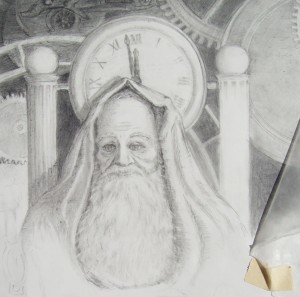
Tip: Decide what you want to accomplish. (a) Do you want to sell your work, or do you want to do art as a hobby.
Tip: Be motivated and determined. This is harder than it sounds.
Tip: Do not allow yourself to be discouraged. You know your own strengths and weaknesses. Concentrate on your strengths; you’ll educate yourself past your weaknesses.
Tip: Be your own critic. This will help you stay encouraged and positive about your work because you will know what is good or bad before you hear it from someone else (and you will hear it from someone else).

Tip: Practice…practice…practice! Nothing left to be said here.
Tip: Always be a student. There are a tremendous amount of sources from which to learn. There are techniques to consider as well as art styles, not to mention the mastering of the various mediums in which you choose to work. If you’re fortunate enough to take lessons, take them. If you have to do it on your own, do it. Whatever your circumstances, make the best of them. You do not have to have formal education to be an artist. However, you will need to do much self study to make up the difference.
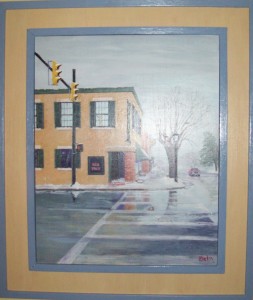
Remember, no matter what your age or stage of life you’re in, your future in art is determined by your talents, goals and motivation. If you have a definite plan, you’re more likely to succeed. Keep in mind, to do nothing will achieve nothing. If your dreams are on the back burner, it’s time to move them to the front. It’s time to get started and when you do, do it with passion.
Be sure to sign up for the Art Center Information newsletter and enter the drawing to win a free coffee table art book>>>Upper right hand corner of page.

